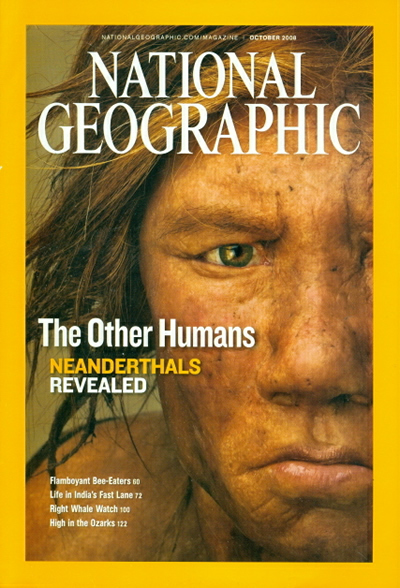Below are technical thoughts from the Mandela's Walk video found
here: http://www.mandelaswalk.com/
Mandela’s Walk opens with a beautiful video to entice readers
while putting them into the correct mindset. The video and audio separately
does not provide a direct answer about the article content, but together it can
be fairly obvious to someone who knows of Mandela.
A key item to decide when embedding an introduction media piece
into a website is to determine if the title should be shown. Mandela’s Walk
chose not to show a title and I think this was very clever of them. It makes
you question what you are going to watch, and lets you try to piece together an
answer from what the video provides.
When the first lady walks into frame she places the doll on the
ground, mimicking the process of a burial by placing something special on a
lost one. Once someone else is seen walking behind her it takes away the focus
from these people and instead to the reason they are bringing objects to this
location. All of the objects brought have some kind of resemblance to Mandela
including barb wire, and picket signs – again hinting what the article will be
about.
The cinematography and editing in this piece is stunning. For each
person who entered the scene there was a shot of them placing something on the
ground, and one of their blank face. Although this could seem repetitive on
paper, it is done in a way to use receptiveness to its advantage by hinting
that the article’s subject has affected many different people.
The audio consists solely of background music and a narrator, and
has removed all of the sounds from the recorded footage. Doing this keeps the
piece more simplistic but it does further separate the video and audio from
each other.
The audio and imagery work brilliantly together. When the narrator
says “Many roads will present themselves, but he must take the one that few
others would follow” there is an image of a young boy placing down a clean
white dress shirt that is obviously too big for him suggesting a path for his
future. There are many examples like this one throughout but the most striking
is at the end. The camera zooms out from the art while the narrator says “would
not change a single footstep” and on the edge of the frame the feet kicking up
as last person’s walks away is seen.
If I were the director on this piece I would have shown more environment
shots (to lessen disorientation of an international audience), added the title
or a phrase of what the topic is at the end (to familiarize people who may not
know Mandela’s story), added sounds of objects being placed, and sounds of the
first and last person’s footsteps.
With our project in mind, I would like our introduction video to
not directly say what the website content is for – to keep the audience
guessing.






